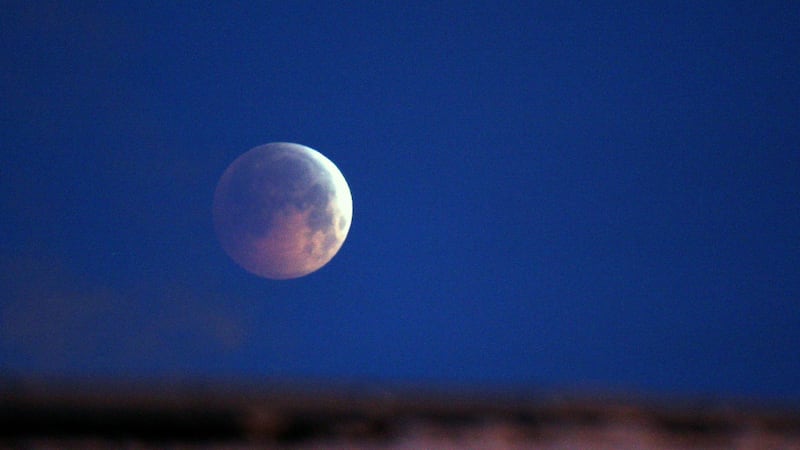The longest lunar eclipse of the century is set to take place on Friday night – with the moon taking on a blood-red colour.
The eclipse should be visible throughout the UK and Ireland, unless obscured by thunderstorms.
The Met Office has issued a thunderstorm warning from Friday afternoon that is expected to last until midnight, with a “potential for showers to develop across the eastern half of the UK”, according to spokesman Grahame Madge.
But for those blessed with clear skies, Ashley King, a planetary scientist based at the Natural History Museum, says: “The general advice is get as high above buildings as you can and minimise the light in your vicinity.”
We’ve lined up a few sites across the UK and Ireland that have been awarded “dark sky status” by the International Dark-Sky Association – a US-based organisation devoted to preserving the darkest night skies on Earth – and which could offer the best views of the blood moon.
1. Bodmin Moor Dark Sky Landscape in Cornwall
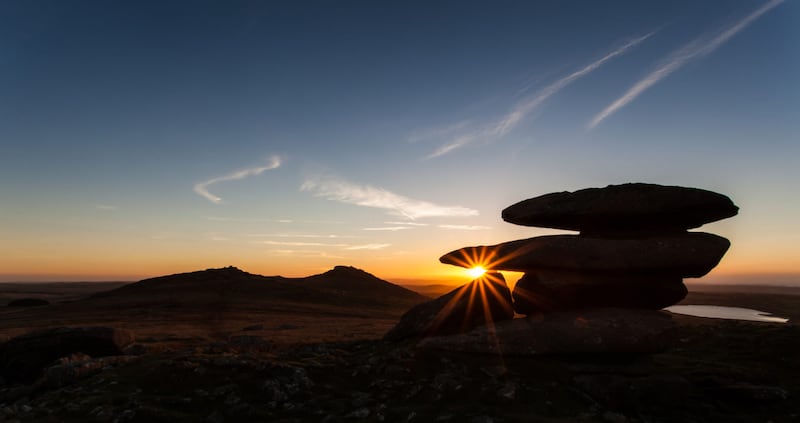
Status: Awarded International Dark Sky Park in 2017
The dark sky area covers covers 80 square miles of the moor within the Cornwall Area of Outstanding Natural Beauty.
Local authorities say they are encouraging people who live or work on the moor to manage their lighting better and make sure it does what it needs to without harming the night sky.
2. Galloway Forest Park in Scotland
Status: Awarded International Dark Sky Park in 2009
Established in 1947, the park covers 299 square miles and receives more than 800,000 visitors per year.
Approximately 20% of the park has been set aside as for preservation of dark skies and wildlife, with a policy of no permanent illumination – making it one of the best places in the UK to potentially witness the lunar eclipse.
3. Sark Dark Sky Island in Channel Islands
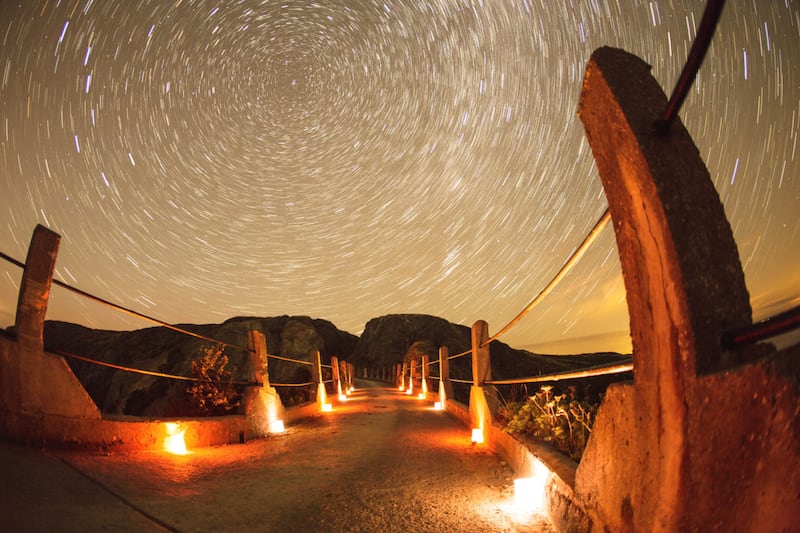
Status: Awarded International Dark Sky Community in 2011
Lying 80 miles off the south coast of England, Sark was declared the first “dark sky island” in the world in 2011.
The island’s 600-strong community ensures as little light as possible spills upwards into the sky.
4. Moffat, Dumfries and Galloway, Scotland
Status: Awarded International Dark Sky Community in 2016
A spa town in the Annandale valley, Moffat became Europe’s first dark sky town in February 2016.
It has special street lighting to keep light pollution to a minimum.
5. Exmoor Dark Sky Reserve in West Somerset and North Devon
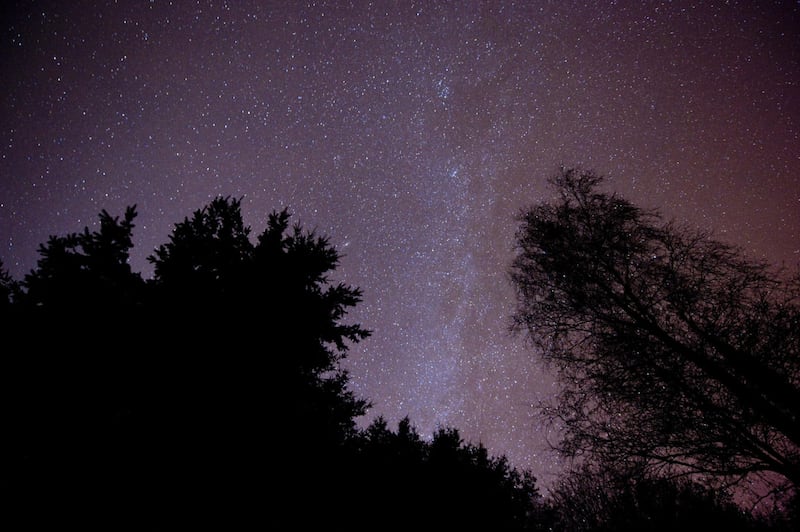
Status: Awarded International Dark Sky Reserve in 2011
A vast black hole of silence, the Exmoor reserve is the perfect venue for watching the lunar eclipse.
On a day when there is no moon, the human eye would be able to see about 3,000 stars from this reserve.
6. Elan Valley Dark Sky Park in Wales
Status: Awarded International Dark Sky Park in 2015
In 2015, Elan valley became the first privately-owned dark sky park after 200 light readings were taken over two years.
Its visitor centre features talks, a planetarium show and activities for children.
7. Snowdonia Dark Sky Reserve in Wales
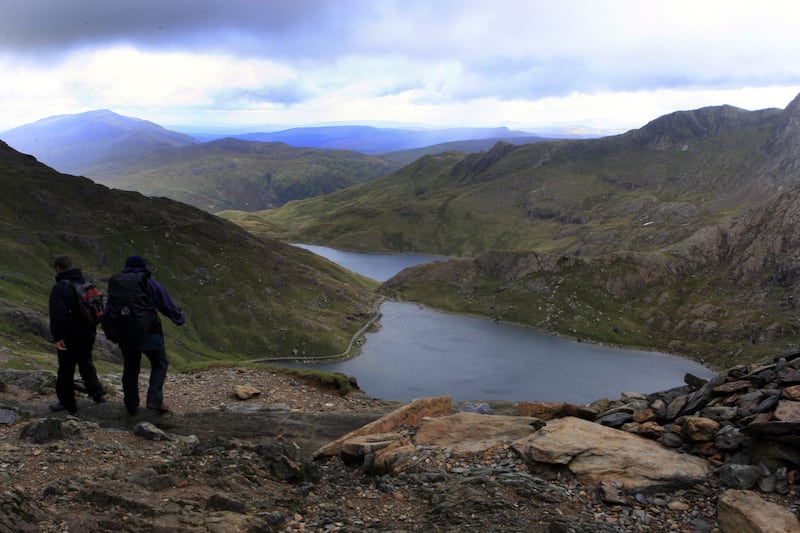
Status: Awarded International Dark Sky Reserve in 2015
Snowdonia National Park became the first UK national park in Wales to be awarded the dark sky status for efforts to prevent and reduce light pollution, thereby protecting the view of the night sky.
It sprawls over more than 1,300 square miles of territory – accounting for 10% of the total land area of Wales.
8. Moore’s Reserve in South Downs
Status: Awarded International Dark Sky Reserve in 2016
Named after the astronomer Sir Patrick Moore, the reserve is just over an hour away from London by car.
It spans 87 miles across southern England – from St Catherine’s Hill near Winchester in the west to Beachy Head in the east.
9. Brecon Beacons Dark Sky Reserve in Wales
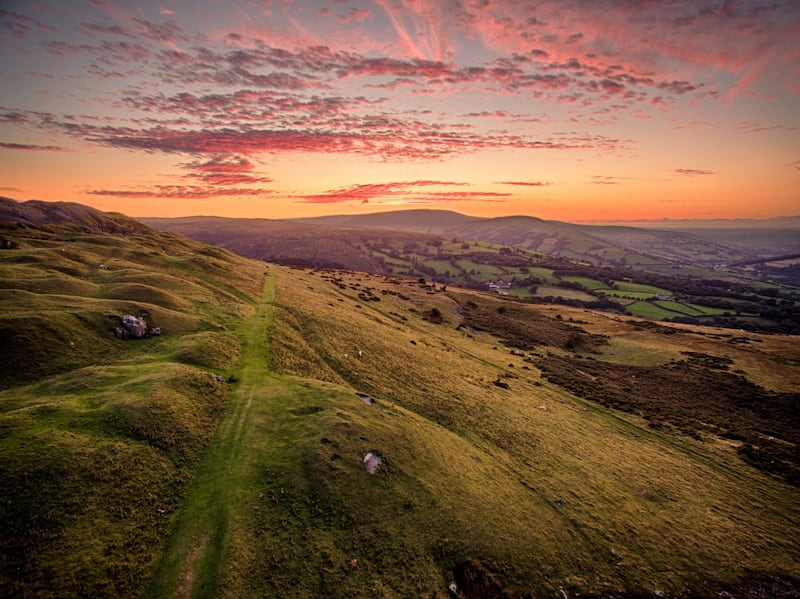
Status: Awarded International Dark Sky Reserve in 2013
A place where sheep outnumber people 30-to-1, the secluded reserve is said to be within easy access for over a million people.
The park has gone to great lengths in making the lighting more dark-sky friendly and helping protect nocturnal wildlife.
10. Coll Dark Sky Island, Scotland
Status: Awarded International Dark Sky Community in 2013
Home to just over 200 residents, Coll adopted a quality outdoor lighting management plan to ensure the island remains dark for many future generations of residents and visitors.
The island also attracts dozens of bird species, with an extensive RSPB reserve towards its west end.
11. Kerry International Dark Sky Reserve, Ireland
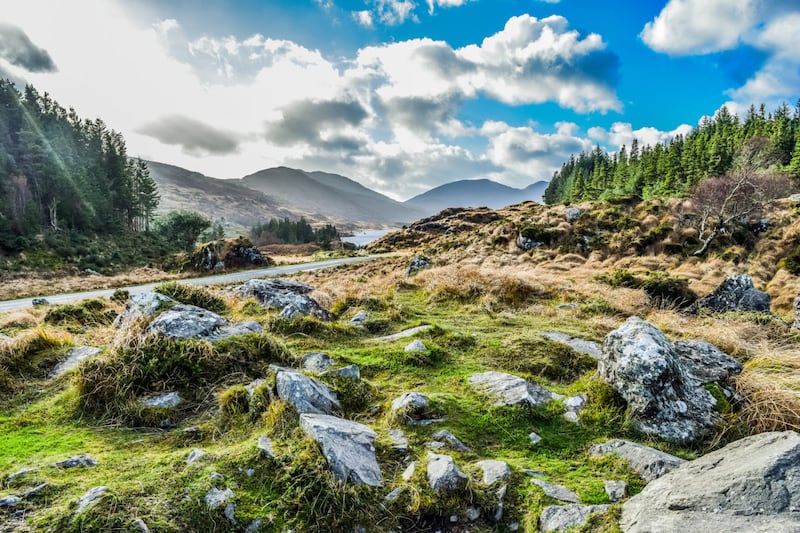
Status: Awarded International Dark Sky Reserve in 2014
The reserve is protected by the Kerry Mountains and Hills on one side and the Atlantic ocean on the other and is home to nearly 4,000 residents.
Around 430 square miles in size, the hills provide natural protection against light pollution.
12. Ballycroy National Park and Wild Nephin Wilderness, Ireland
Status: Awarded International Dark Sky Park in 2016
Celebrated for its rugged and unspoiled landscape on the edge of Europe’s wild Atlantic coastline, the Ballycroy National Park and the adjacent Wild Nephin Wilderness not only offer light pollution-free skies, they also support a diversity of species in a unique bog habitat.
